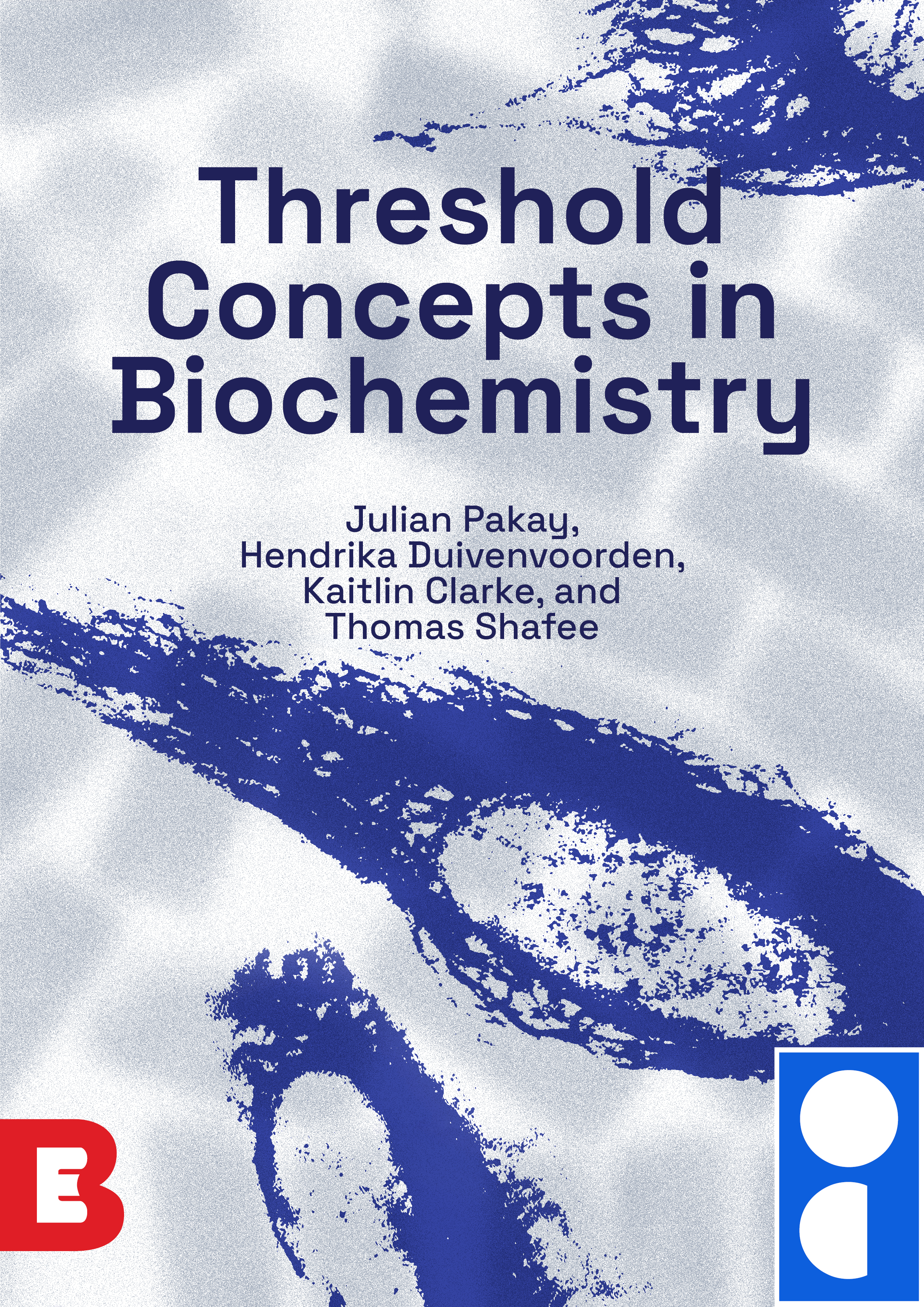Threshold concepts in Biochemistry

Biochemistry (and Molecular Biology) represent one of the fastest-growing fields of scientific research and technical innovation and the resulting biotechnology is increasingly applied to other fields of study. So, an understanding of Biochemistry is increasingly important for students in all biological disciplines. However, at the same time, the content is inherently complex, highly abstract, and often deeply rooted in the pure sciences - mathematics, chemistry, and physics. This makes it difficult to both learn and to teach.
This book was designed as a succinct and focused resource, specifically aimed to help students grasp key threshold concepts in Biochemistry. Due to their troublesome nature, understanding threshold concepts is a cognitively demanding task. By using a series of thematically linked case studies that accompany theory, the cognitive load will be reduced. This will free up students to focus on learning concepts rather than distracting them with unnecessary specifics.

This book was pivotal in earning Julian Pakay (lead author) the Scientific Education Award from the Australian Society of Biochemistry and Molecular Biology (ASBMB), recognising his outstanding contributions to teaching quantitative literacy in biomedical science.
Using this book? Let us know
Stay up-to-date with this publication. Subscribe to updates
Details
Publication date: 2023
Publisher: La Trobe eBureau
ISBN: 978-0-6484681-9-6
DOI: https://doi.org/10.26826/1017
License: CC BY-NC-SA